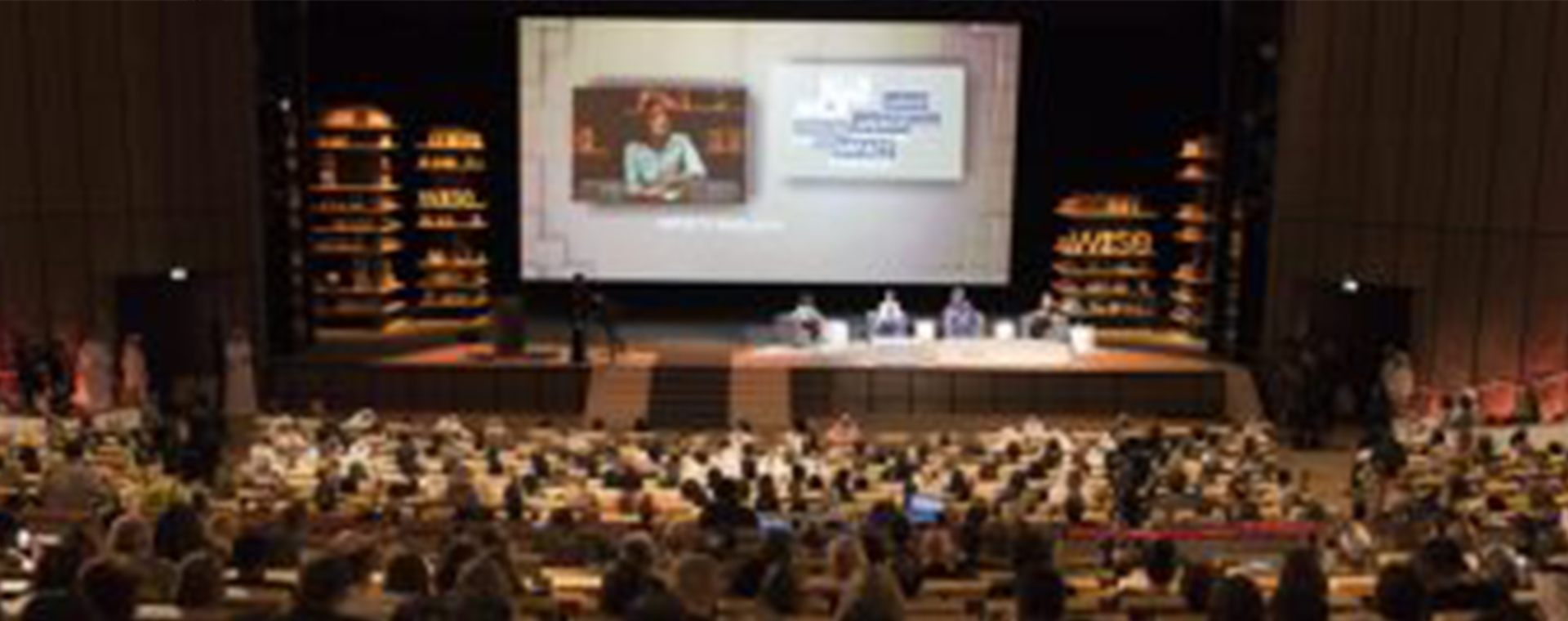Education is dauntingly complex. There are simply SO many variables. Even a windy day changes the whole school. We also know from today’s greater knowledge of physiology and cognition that relatively small changes in temperature, hydration, noise, light levels and more can profoundly impact on attention and learning in one part of a room, or school, relative to another. Similarly, we have clear research evidence of the magnitude of the learning damage to children resulting from sitting at a desk all day on “school” chairs. Indeed we now understand SO much more. Yet so many current educational establishments seem to struggle to take account of what we know today, let alone taking a moment to realign to a reimagined future of education.
This is not anyone’s fault in particular. Large scale systems have considerable inertia. Consider medicine: for around 2,000 years blood letting was practiced – fluids were regarded as “humors” that had to be drained for good health. A huge pseudoscience grew up around the practice: the vein in the right hand would be bled to alleviate liver problems for example.
Bloodletting slowly fell out of fashion, but of course whole swathes of professionals were very, very reluctant to admit that bloodletting’s days were over. Barbers had sharp razors and had thus became central to the bloodletting industry; the barbers’ pole with its red and white stripes symbolises just that. If bloodletting ceased, so would a significant part of their professional “expertise”; cutting hair was less rewarded than cutting veins. They carried on letting blood, because that was what had always happened.
This might be a laboured analogy (sorry), but education too has long established habits that are less than ideal for great learning. These have been widely documented and researched enough by now. But, in education things are worse than in medicine because we define both the processes and the outcomes. If people thought that working singly, in relative privacy, within the confines of a “subject”, sitting at a desk, time limited, with same-age peers was an appropriate way to manage or control learning, then it made sense to them to invent outcomes – exam papers for example – that could largely only be achieved by working singly, in relative privacy, within the confines of a “subject”, sitting at a desk, time limited, with same-age peers. This self-fulfilling foolishness then provides a tough barrier to innovation: it is tough to evidence real improvement though unreal tests. In another parallel with blood letting, a whole pyramid of quasi professionals from inspectors to administrators are reluctant to let go of past practice despite the evidence of its shortcomings. It pays their mortgage.
If the present is complex and conflicted, then it does at least bring us, in a roundabout way, to imagining a different future of education. It can’t go on like this. There are actually two futures ahead:
One future sees learning more like an Olympic sport: in sport, the aggregation of marginal gains suggests that every tiny detail matters going forward, with a multiplier effect to confirm Aristotle’s view that “The whole is greater than the sum of its parts”. Each subsequent year should see progress. In the vanguard of this forensic examination of effective practice, as with sport, is the participant. In sport it is the athletes who gather around their tablets and data trackside. In education we now know that Learner Led doesn’t mean the wilder excesses on the 1960s, it means engaging every child, every student, as reflective practitioners chasing the target of Making Learning Better and reaping the meta-cognitive boost from learning about their learning as they do so, whatever the “event”.
But a second possible future is also finding a perfect storm of opportunities: Uber and AirBnB both thrived because the existing industry of taxis and hotels were failing to meet many people’s needs, and anyway there was very considerable emerging capacity ready to be harnessed by a new solution. Many folk in cities needed extra money, many had cars, or bedrooms and apartments, that were hugely under-utilised. And goodness, how Uber and AirBnB grew! Education too has a huge number of dissatisfied learners and teachers – many countries currently are haemorrhaging teachers. Demography has added to that a huge number of retired experts which good research evidence suggests can play a part in learning too. It is not hard to imagine a capital investment free, new model of mass learning, built on freely offered capacity to help, underpinned by the smarts of machine learning, communications technology and AI, with peer review, celebration, mutuality and reward at its heart.
Perhaps if we really allow the learners to lead, this is where they will lead too: the death of education, but the dawn of learning.



